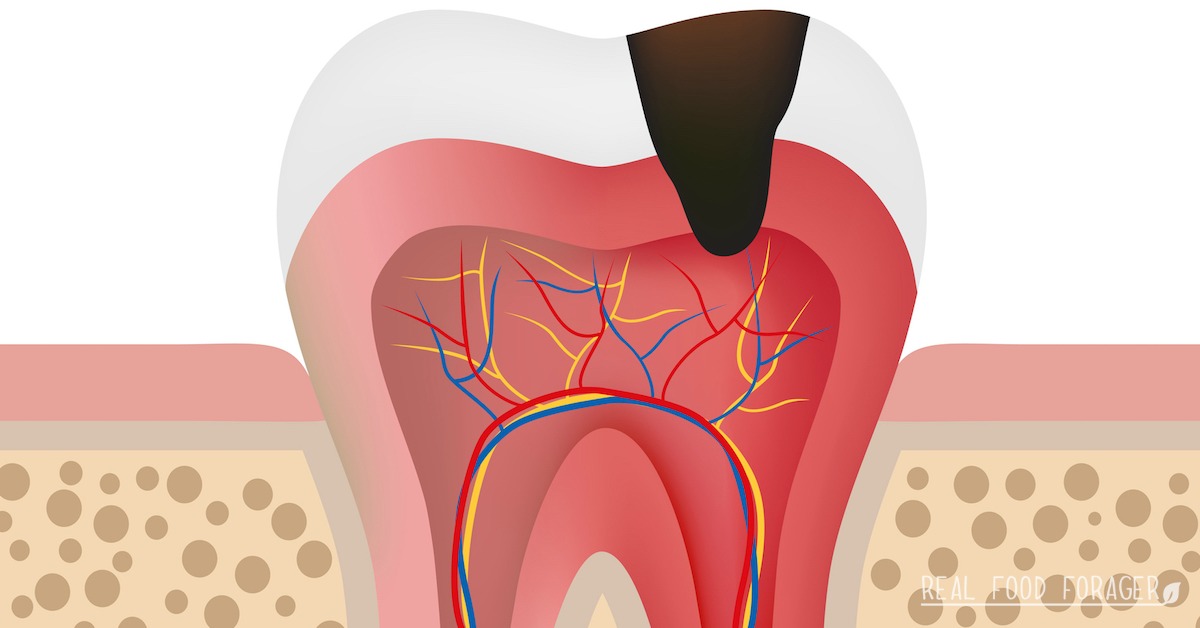
What your dentist and doctor don’t know about periodontal disease may hurt you. Periodontal pathogens are associated with cardiovascular disease.
However, most dentists and doctors are still not fully aware of this important relationship. Functional medicine doctors are reaching out to dentists and other oral health professionals with new information.
Dr. Amy Doneen and Dr Bradley Bale have written a book called, Beat the Heart Attack Gene, The Revolutionary Plan to Prevent Heart Disease, Stroke, and Diabetes.
It involves the Bale and Doneen Method of Heart Attack and Stroke Prevention.
Heart attacks and strokes are the leading cause of death and disability in America. Every 40 seconds someone is having a stroke.
Standard medicine is still assessing patients based on a risk profile. These include things like cholesterol, age, blood pressure, whether or not you smoke, etc.
These numbers get calculated. Any treatment given is based on a calculated risk. According to Bale and Doneen, the problem with using calculated risk factors as the only way of establishing risk, is that it allows these cardiovascular events to keep happening.
Importantly, it allows these cardiovascular events to occur in people that have no suspicion that they even have cardiovascular disease.
Statistics indicate that 64% of women and 50% of men who have a heart attack had no idea they even had a vascular problem.
Furthermore, half of the people who have heart attacks have normal cholesterol.
We need to assess for subclinical atherosclerosis and vascular inflammation.
There are 60,000 miles of vessels in the body. The cause of cardiovascular disease – heart attack and stroke – is that atherosclerotic plaques develop in the wall of the artery.
Inflammation causes that plaque to rupture.
Plaque can hide in the artery wall and if the plaque is inflamed and the artery wall is not protected, the plaque can rupture through the artery wall.
The body begins to heal the rupture by laying down clotting factors. The clot will cause a blockage and a cardiovascular event in the heart or brain.
Damage to the artery can happen over time by small tiny ruptures that cause no symptoms. The body will heal these with clots and these tiny clots start to add up over 10 or 20 years, eventually causing memory loss, end-stage kidney disease or peripheral vascular disease.
The standard tests do not show plaque hidden in the wall of the arteries. However, there are new techniques that can, in fact, identify plaque.
Read more about How to Test for Plaque in Your Arteries and What to do If You Have It.
Inflammation can be anywhere in the body. It needs to be tested in various ways:
Testing for oral pathogens must also be evaluated.
You need to ask for these newer techniques because they are not included in the standard of care that most doctors follow.
The Bale-Doneen method asks the question, does the patient have vascular disease and if so what is the root cause and how inflamed are the arteries?
Once the root cause is established and treated, the disease can stabilize.
The causes of vascular disease could be from many causes – way beyond cholesterol:
Inflammation must be accessed in order to make sure the treatment is effective. This is done through lab tests.
The endothelial layer of the artery must be assessed with the following lab tests:
Bale-Doneen Method uses the acronym EDFROG to remember all the steps that are included in the method.
This is individualized medicine at its best.
There is an atherogenic triad – 3 things necessary to drive vascular disease:
All 3 of these conditions are affected by different pathogens.
It is important to know which ones are present because they affect different things. Some affect the endothelium, some affect the ApoB bindings, some affect the concentration of Apo B. It helps to identify the exact pathogen because that will affect how it is treated.
Dentist and hygienists are in the perfect role address these pathogens. Testing for pathogens can be done in various ways with oral rinses, pocket point tests, tongue scrapes or all 3.
New technology that images the root of the tooth is called 3D cone beam CT scans. These should be used more frequently. Bite wing x-rays do not show the 3 dimensional aspects of the periapical aspect of the tooth.
Some people do not have any visible way to tell if they have periodontal pathogens. These folks should still be tested, especially if they have vascular disease.
Many dental practitioners are not even aware of the relationship or peridontal pathogens to vascular disease and do not know how to test. They need to be educated that the oral cavity is a critical part of strokes and heart attacks.
Is your dentist or doctor informed about the relationship of the oral cavity to systemic health?
You might also be interested in Periodontitis Found to Trigger Rheumatoid Arthritis.

Inspire Your Real Food Healing Journey with my FREE Grain-Free Meals e-Cookbook and Getting Started email series and newsletter! Unsubscribe anytime. Privacy Policy